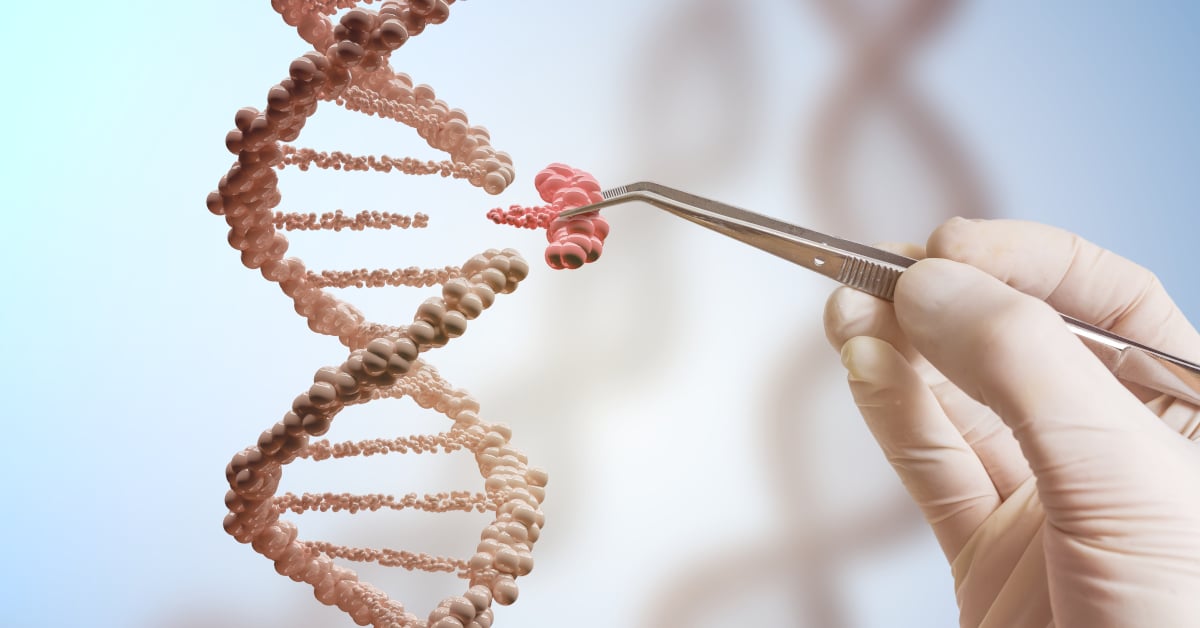
Newest Techniques in Cancer Research: CRISPR is Revolutionizing Gene Editing
-
Cancer researchers can’t stop talking about CRISPR.
CRISPR, which stands for Clustered Regularly Interspaced Short Palindromic Repeats, is a gene editing technique that’s used to remove and insert genetic material from DNA. Scientists paired a navigation system called Guide RNA with an enzyme called Cas9 that acts as a pair of “molecular scissors.”
CRISPR-Cas9 lets scientists make precise edits to DNA within a cell. This new technique has created so much excitement in the cancer field that it won Science Magazine's Breakthrough of the Year award in 2015.
What does CRISPR do?
Scientists can use CRISPR to disrupt the function of a particular gene, cut it out, make precise changes to the DNA sequence, or slip in an entirely new gene. Christoph Seeger, PhD, a professor and research scientist at Fox Chase Cancer Center, envisions CRISPR playing a role in preventing certain types of disease, including cancer.
Why is CRISPR exciting?
CRISPR allows scientists to edit DNA in a way that’s quicker, cheaper and more accurate than ever before. It is easy to adapt to different diseases. CRISPR has shown promise in developing novel therapies in HIV, malaria, sickle cell anemia, and heart disease. CRISPR has already been used to reprogram T-cells from the immune system of a person with lung cancer to kill tumor cells. Dr. Seeger expects CRISPR to make it possible for doctors to one day prescribe potent, right off-the shelf, immune therapy against particular cancers.
True or False?*
CRISPR has been used to:
1. Remove HIV-infected DNA from mice.
2. Make mosquitoes resistant to malaria.
3. Detect specific strains of Zika virus.
*All true!
How could CRISPR be used in cancer?
Cancer is associated with mutations in certain genes. CRISPR allows researchers to get a better understanding of how mutated genes affect the development and progression of cancer. CRISPR could allow researchers to see what genes are essential for cancer cell survival and target these genes with new treatments. “As we obtain a deeper understanding of what drives cancer growth, it might be possible to directly target the drivers and destroy these cells,” Seeger explained. It is quite possible that CRISPR could also be used to identify new treatments that correct faulty, disease-causing genes in patients. Seeger is equally excited about the use of CRISPR in preventing cancer, “Early detection is absolutely critical in cancer. New research suggests that CRISPR methodology might eventually be used to detect even just a few cancer cells, which means it could play a major role in prevention.”
Fun Fact: Bacteria Invented CRISPR
Seeger said that CRISPR was adapted from a bacterial defense mechanism against invading viruses, called phages. Bacteria can trap snippets of DNA from these viruses and use them to find and destroy DNA from new invaders and thereby prevent new infections.
Dr. Seeger is a professor of Virology and contributed to the application of the CRISPR-Cas9 system at Fox Chase Cancer Center.
